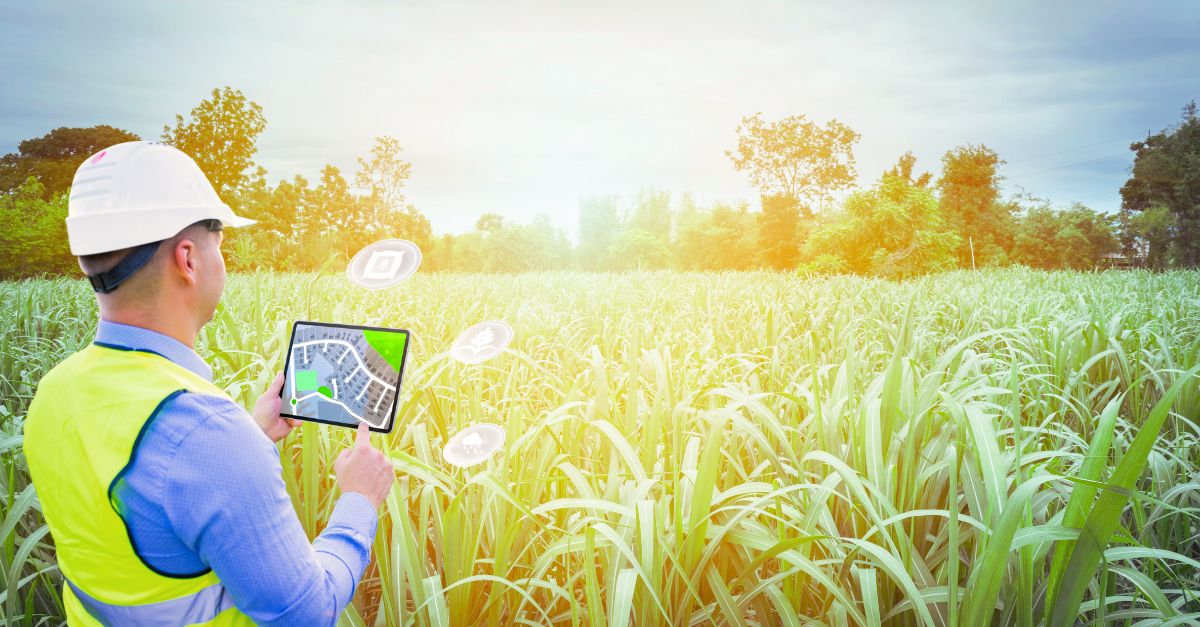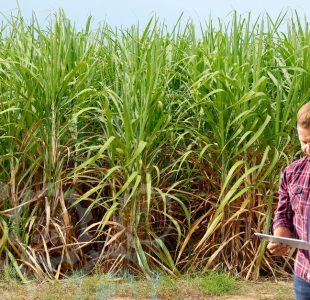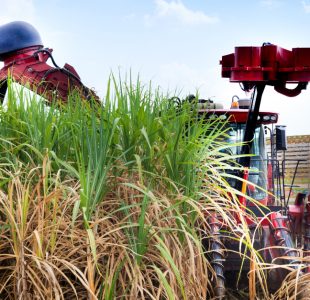- No Comment
Precision Agriculture: Leveraging Remote Sensing for Agricultural Management System (AMS)

Introduction:
Precision agriculture has become a game-changer in the field of farming, revolutionizing traditional practices and ushering in a new era of efficiency and productivity. One of the key technologies propelling this transformation is remote sensing. In this blog post, we will delve into the advent of remote sensing technology and its immense potential in sugar cane development and monitoring as part of AMS, enabling precision agriculture practices.
The Advent of Remote Sensing Technology:
Remote sensing technology has emerged as a powerful tool in modern agriculture, offering a comprehensive and bird’s-eye view of crop fields. Through the use of satellites and airborne sensors, remote sensing provides detailed insights into crop health, growth patterns, and potential issues. By analyzing the spectral signatures captured by these sensors, farmers and contractors gain access to valuable information about vegetation indices, chlorophyll content, and water stress levels, among other key parameters.
The Immense Potential in Sugar Cane Development
When it comes to sugar cane cultivation, remote sensing technology holds immense potential for optimizing operations. By integrating remote sensing into AMS, farmers can make informed decisions with precision. Here are some key areas where remote sensing plays a pivotal role:
- Crop Monitoring: Remote sensing enables real-time monitoring of sugar cane crops. One can assess the overall health of the plants, identify stress areas, and take necessary actions. This helps in preventing potential crop losses and optimizing resource allocation.
- Yield Prediction: Yield prediction is crucial for efficient resource management and harvest planning. Remote sensing, along with advanced data analytics, provides insights into biomass, and phenology of peak of season. This information allowis farmers to streamline their harvesting schedules and supply chain processes. It aids in yield estimation as well
- Disease and Pest Management: Remote sensing technology aids in the early detection of diseases and pests in sugar cane crops. By analyzing plant reflectance and thermal patterns, remote sensors can alert farmers and ERP systems to potential threats. Timely interventions can be implemented, leading to effective disease and pest management strategies.
- Water Management: Optimal water management is vital for sugar cane cultivation. Remote sensing allows for accurate assessment of soil moisture levels, irrigation needs, and water stress conditions. By integrating this data into AMS systems, farmers can optimize their irrigation practices, minimizing water usage while ensuring crops receive adequate hydration.
Conclusion:
The advent of remote sensing technology has transformed the landscape of sugar cane agriculture, empowering farmers and ERP systems with valuable information for precise decision-making. From crop monitoring and yield prediction to disease management and water optimization, remote sensing enables sugar cane cultivation to reach new levels of productivity and sustainability. By harnessing the potential of this technology, sugar cane manufacturing companies can navigate the challenges of modern agriculture more efficiently, leading to increased profitability and a more sustainable future. SugarCube, modern sugar ERP software on cloud, offered on SaaS basis, comes with integrated remote sensing module, specifically customised for sugarcane cultivation and monitoring and is the only sugar ERP software to bundle remote sensing as an integral module in its ERP.
Related Posts

Empowering Clients with Flexible Workflow Setup in…
[read_meter] [published_date] "Empower. Configure. Thrive – SugarCube Workflows Built Your Way."Adaptability is

Embracing Enterprise-Wide Automation: The Power of a…
[read_meter] [published_date] Businesses, to be successful today, must have efficiency and agility